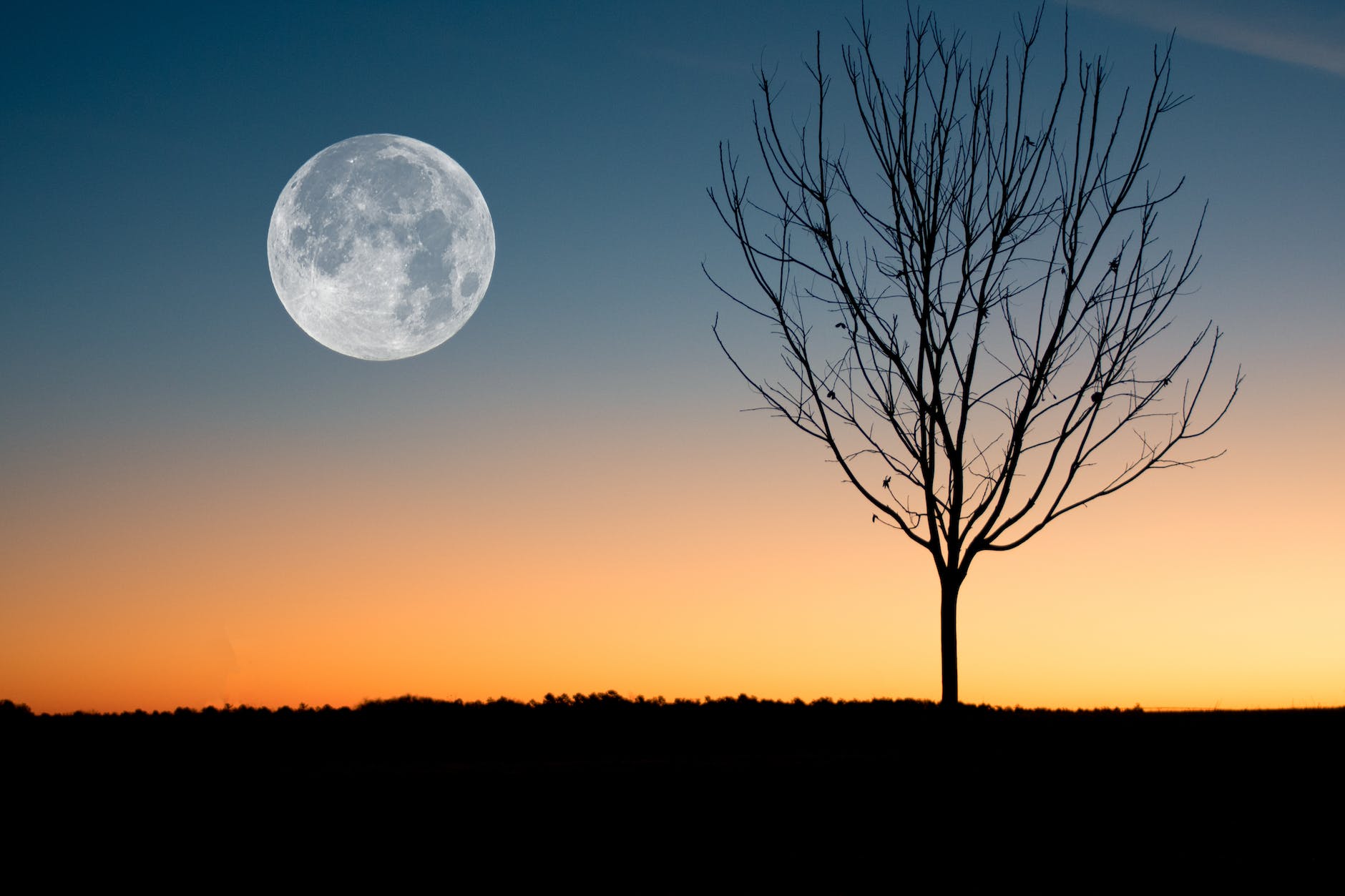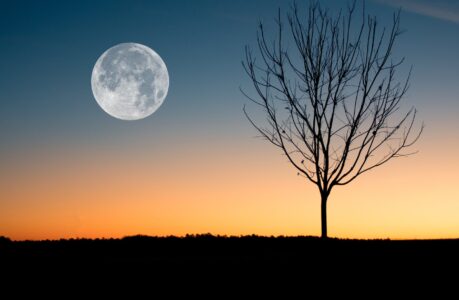Unlock the secrets of the moon’s mesmerizing beauty with these expert tips on observing the lunar wonderland.
The moon has captivated humanity for centuries, casting its enchanting glow upon our nights. With its ever-changing phases and intricate surface features, the moon offers a celestial spectacle that amateur astronomers can explore with a telescope. If you’re eager to dive into the fascinating world of lunar observation, here are eight essential tips to help you make the most out of your telescope and unlock the secrets of the moon.
1. Choose the Right Telescope
Selecting the right telescope is crucial for a successful lunar observation. Consider a telescope with a moderate to high focal length, as this will provide the magnification required to observe the moon’s details. Refractor telescopes are excellent choices due to their high image quality, but reflector telescopes can also yield satisfactory results.
2. Gather the Right Accessories
Equipping yourself with the right accessories will greatly enhance your lunar observation experience. Start with a sturdy tripod or mount to ensure stability during viewing sessions. Additionally, invest in a quality lunar filter to reduce glare and enhance contrast, allowing you to see finer details on the moon’s surface. A red LED flashlight will preserve your night vision while allowing you to navigate your equipment.
3. Plan Your Observations
Before heading out to observe the moon, it’s crucial to plan your session. Familiarize yourself with the moon’s phases and the best times for observation. Full moon nights may not be ideal due to the lack of shadows, making surface details less prominent. Instead, aim for crescent or half-moon phases, which provide striking contrasts between light and dark areas. Consider using a moon phase calendar or smartphone app to keep track of the moon’s cycle.
4. Find a Suitable Location
To fully appreciate the moon’s splendor, find a suitable location for your observation. Light pollution can hinder your experience, so venture to a dark and remote area away from city lights. Ideally, choose a location with an unobstructed view of the sky, ensuring minimal interference from trees or buildings.
5. Align and Calibrate Your Telescope
Before you begin observing the moon, it’s essential to align and calibrate your telescope accurately. Ensure your telescope is level and properly aligned with celestial objects. Use a star or planet as a reference point and make necessary adjustments to align your telescope’s optical axis. Calibration is crucial for obtaining clear and focused lunar images.
6. Start with Low Magnification
When observing the moon, it’s advisable to start with lower magnification. This allows you to capture the moon’s entire disk and familiarize yourself with its various features. Once you’ve gained a better understanding of the moon’s topography, gradually increase the magnification to explore specific areas in greater detail.
7. Observe Different Lunar Features
The moon’s surface is adorned with a myriad of fascinating features, ranging from craters and mountains to valleys and maria. Take your time to explore these unique characteristics with your telescope. Craters, in particular, showcase the moon’s violent past, with each one offering a story of cosmic collisions. Pay attention to the interplay of light and shadow, which can reveal breathtaking depth and texture.
8. Experiment with Different Filters
To uncover even more of the moon’s hidden secrets, experiment with different filters during your observations. A color filter can enhance specific features, such as contrasting the blue hue of the Copernicus crater‘s rays against the surrounding dark terrain. A polarizing filter can reduce glare and further enhance the moon’s details. Don’t be afraid to try out various filters to see which ones bring out the most captivating aspects of the lunar landscape.
In Conclusion
Observing the moon with a telescope is a truly awe-inspiring experience. As you embark on your lunar exploration, remember to choose the right telescope, gather essential accessories, plan your sessions, find a suitable location, and align and calibrate your equipment. Start with lower magnification and gradually increase it to explore specific features in detail. Observe and marvel at the moon’s captivating surface, from craters to maria, and experiment with different filters to unveil its hidden wonders. Enjoy your lunar adventure and embrace the boundless beauty of Earth’s celestial companion.

